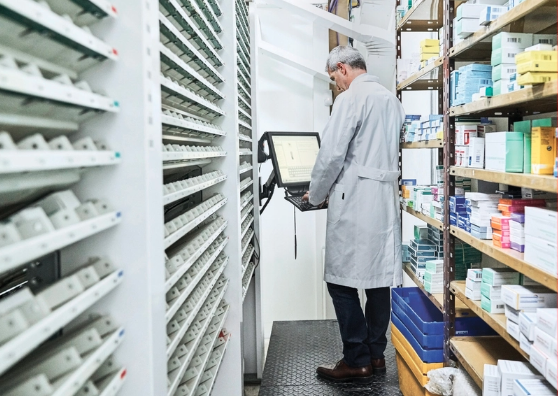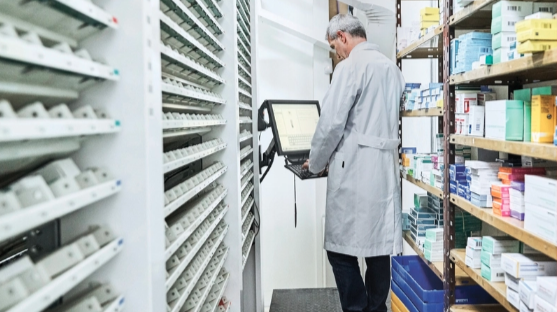Navigating the labor shortage, increased medication costs/shortages, and the cost to dispense.
 Contributor: Miriam Cho, PharmD, President/CPO, MAC Rx
Contributor: Miriam Cho, PharmD, President/CPO, MAC Rx
How does a pharmacy try to balance ever-shrinking pharmacy margins with increased costs? While coming out of COVID-19, more and more employees want to work from home; however, every pharmacy needs to fill positions that simply do not have the option to be remote. Automation has become an increasingly important solution to these challenges as pharmacies continue to navigate the labor shortage, increased medication costs and shortages, and increased cost to dispense and wages alike. It has been reported that there was a 60% increase in automation investments in pharmacies across the U.S., with greater than 24% of that in the medication dispensing system segment alone. But, how do you determine when you need it, choose what fits best for your organization, and calculate the return on investment?
Although every pharmacy may be different, utilizing automation in the pharmacy allows for the ability to efficiently manage workflow, control labor costs, improve accuracy related to human error, and provide relief to current operational concerns. Planning and understanding your market and business goals can help to decide what type of packaging you require which will in turn narrow down what types of automation are available for investment. Types of automation include but are not limited to single and multi-dose punch card, strip packaging, and box.
At MAC Rx, we take different approaches to each of our locations. We have successfully utilized pre-pack automation in the early stages of pharmacy start-up, have added on-demand automation in more mature pharmacies to compound scale with efficiency, and also have used on-demand automation in new startup pharmacies where we knew an advantageous ROI would be achieved based on prescription output. With such a wide variety of available products on the market, automation can always greatly assist in reducing pharmacy costs and gaining workflow efficiency for any and all pharmacies.

Dispensing automation comes in a variety of sizes, packaging options, capabilities, capacities, and limitations. Robots can’t fill every prescription. The goal is always to maximize the percentage of medications that can be filled through automation by selecting the right drugs for the robotic dispensing. By isolating the top medications dispensed in your pharmacy and loading them into your machine, a pharmacy can help to reduce the volume of prescriptions that need to be packed by hand by a technician. By utilizing data to drive drug selection, we were able to fill more than 70% of our eligible prescriptions through automation with almost 300% improvement in filling time. In addition, with proper implementation and training, we have seen a consistent reduction in error rates regardless of the automation chosen. Although this does not take the place of the critical steps in prescription processing, it does provide more time for the pharmacy to focus on acute tasks, clinical interventions, and quality improvements. It also allows for the opportunity to maximize efficiency another step further in states that allow for the insertion of certified product verification technicians. Getting the right medication to the right patient at the right time is the most critical in our world. But, the reality is that inefficient pharmacies may not be able to withstand the current market challenges, resulting in closure. And, a closed pharmacy cannot provide the life-saving medications on time to the communities they serve. By selecting the right automation and understanding its impact on the business, you can balance time, workflow, and efficiency with the critical clinical service for the families within your care.





